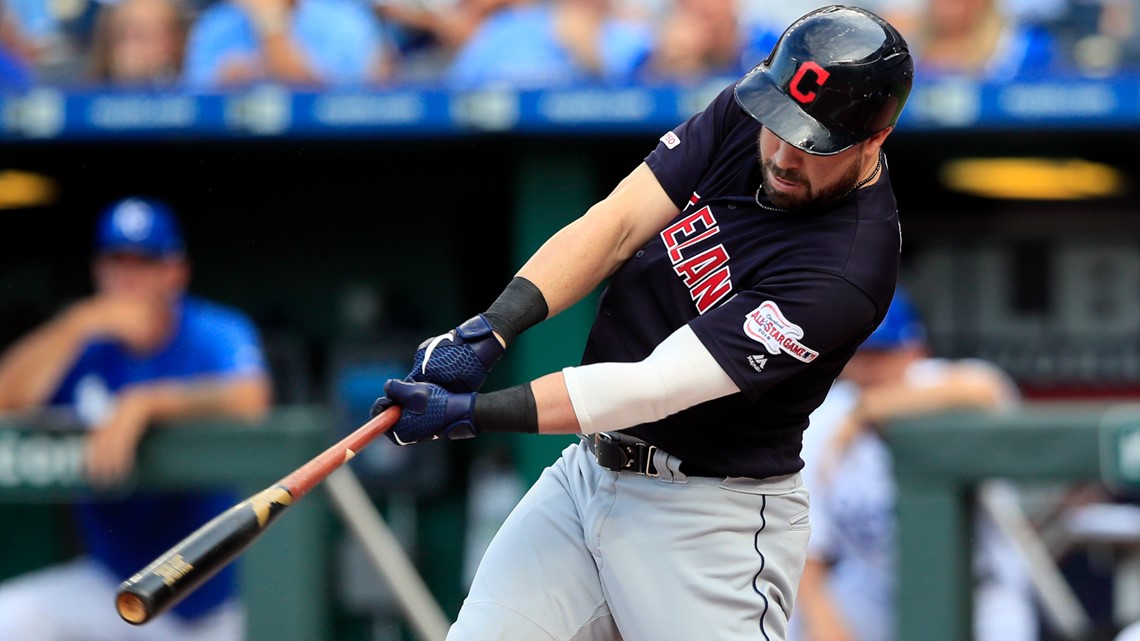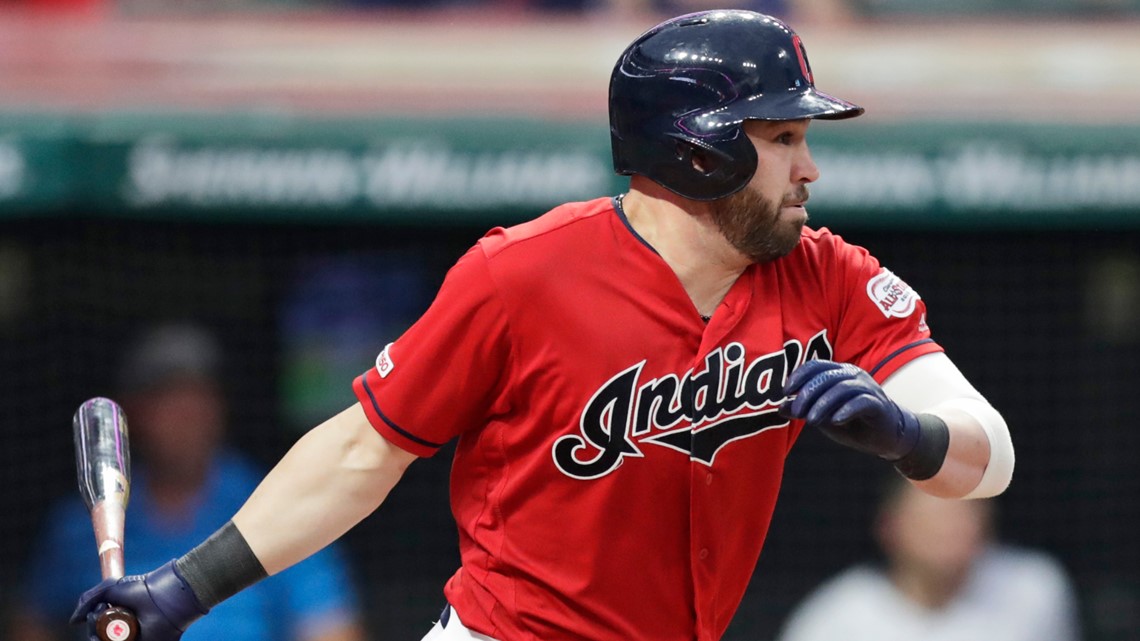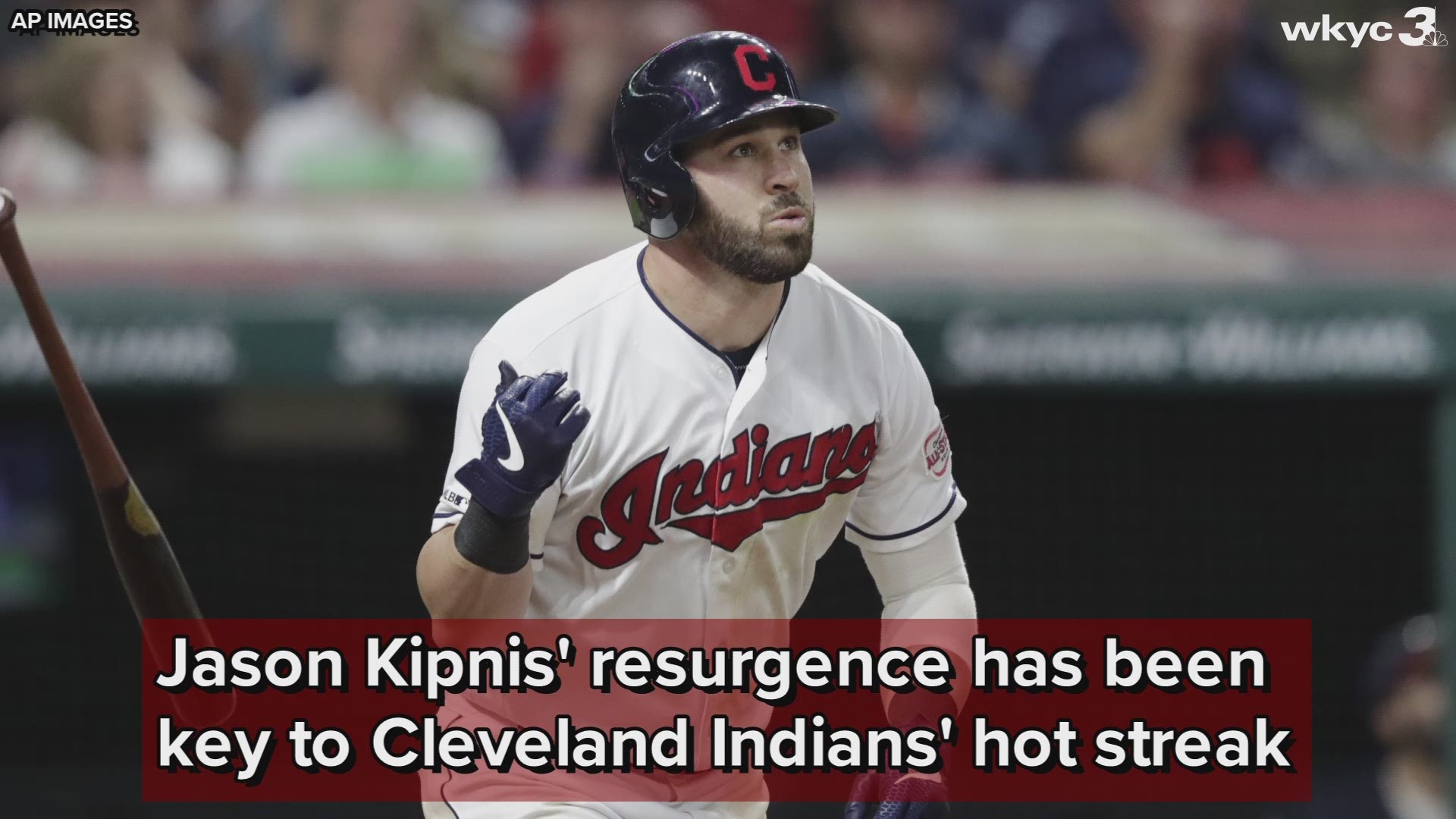CLEVELAND -- When the Cleveland Indians completed their three-team trade with the Cincinnati Reds and San Diego Padres ahead of last week's MLB Trade Deadline, this much was clear: Jason Kipnis' days as the team's cleanup hitter were coming to an end.
In acquiring Yasiel Puig and Franmil Reyes, the Indians beefed the middle of a batting order, which had otherwise been lacking in power this season. Entering Monday, Cleveland still ranks 18th in both home runs (151) and slugging percentage (.431).
With Puig and Reyes now sandwiching Jose Ramirez in the middle of the Tribe's lineup, Kipnis has slid from fourth to seventh in the Indians' batting order. But while his new spot may be more fitting for a 32-year-old with just 11 home runs this season, there's some irony in Kipnis' recent demotion: Over the course of the past two months, he's been one of Cleveland's best hitters.


Having endured two subpar years since the Indians' run to the World Series in 2016, Kipnis' status as Cleveland's starting second baseman this season seemed to stem from the team's lack of options elsewhere. Another slow start only strengthened this notion with the 2-time All-Star hitting .221 with just 12 RBIs and 2 home runs through the first two months (39 games).
Nevertheless, manager Terry Francona stuck with Kipnis -- although to be fair, it's not like he had another choice. With third baseman Jose Ramirez marred in a slump of his own, Francona's only option -- outside of a trade -- seemed to be turning to utility infielder Mike Freeman, a 31-year-old who hadn't appeared in more than 35 games in a single season entering this year.
Two months later, it would be tough to argue that Francona's patience didn't pay off.
On June 3, Cleveland laid claim to a 29-30 record and trailed the Minnesota Twins by 11.5 games in the American League Central. At the time, Kipnis was batting cleanup despite his .220 batting average, his placement in the team's batting order punctuating the lineup's lack of power.
But in the time since, the Indians have posted an MLB-best 37-15 record and enter this week's three-game series with the Texas Rangers trailing the Twins by a much more manageable 3.0 games. There have been many reasons for the Indians' rise, including Oscar Mercardo getting more comfortable with big-league pitching, Ramirez's own resurgence, the organization's remarkable pitching depth and admittedly, a soft schedule.
But any list of reasons why Cleveland has managed to change the narrative of its season in such breathtaking fashion has to include Kipnis, whose own turnaround has mirrored his team's.


After hitting .200 in April and .243 in May, Kipnis saw his batting overage skyrocket in June when he hit for a season-best .273, also posting a .764 OPS. In July, his production slipped slightly (.256 batting average, .734 OPS), but all things his considered, his two most productive months of the season, have been the last two and although it's still very early, his August is off to a scorching start (.400 average, 1.371 OPS).
Perhaps the most telling splits for Kipnis are his stats in Indians wins vs. losses. In the 54 Cleveland victories he's played in, he's hit .300 (.874 OPS), 11 home runs and 48 RBIs. In the 35 losses he's appeared in, he's hit .187 (.491 OPS), 0 home runs and 3 RBIs.
In other words, the Indians are undefeated this season when Kipnis hits a home run.
Admittedly, that's only been 11 times this season -- hence why him dropping in the Indians lineup despite his recent hot streak still makes sense. Nevertheless, Kipnis' importance to his team can't be overstated and may only increase as a postseason that once appeared uncertain approaches.

